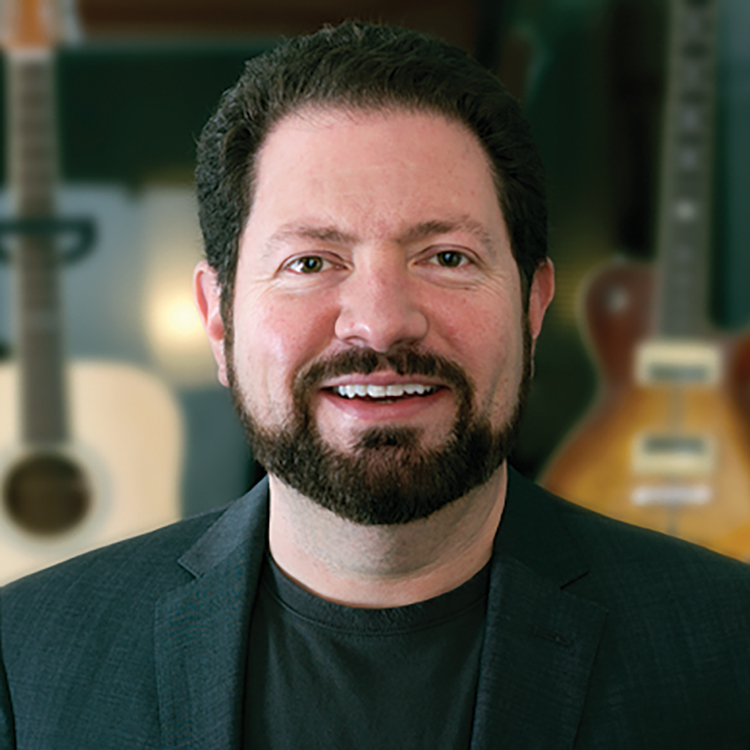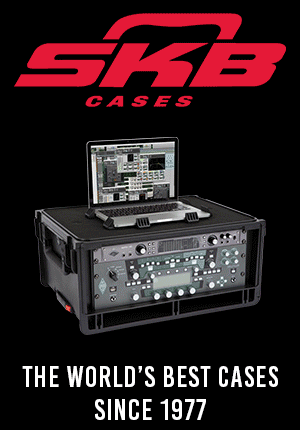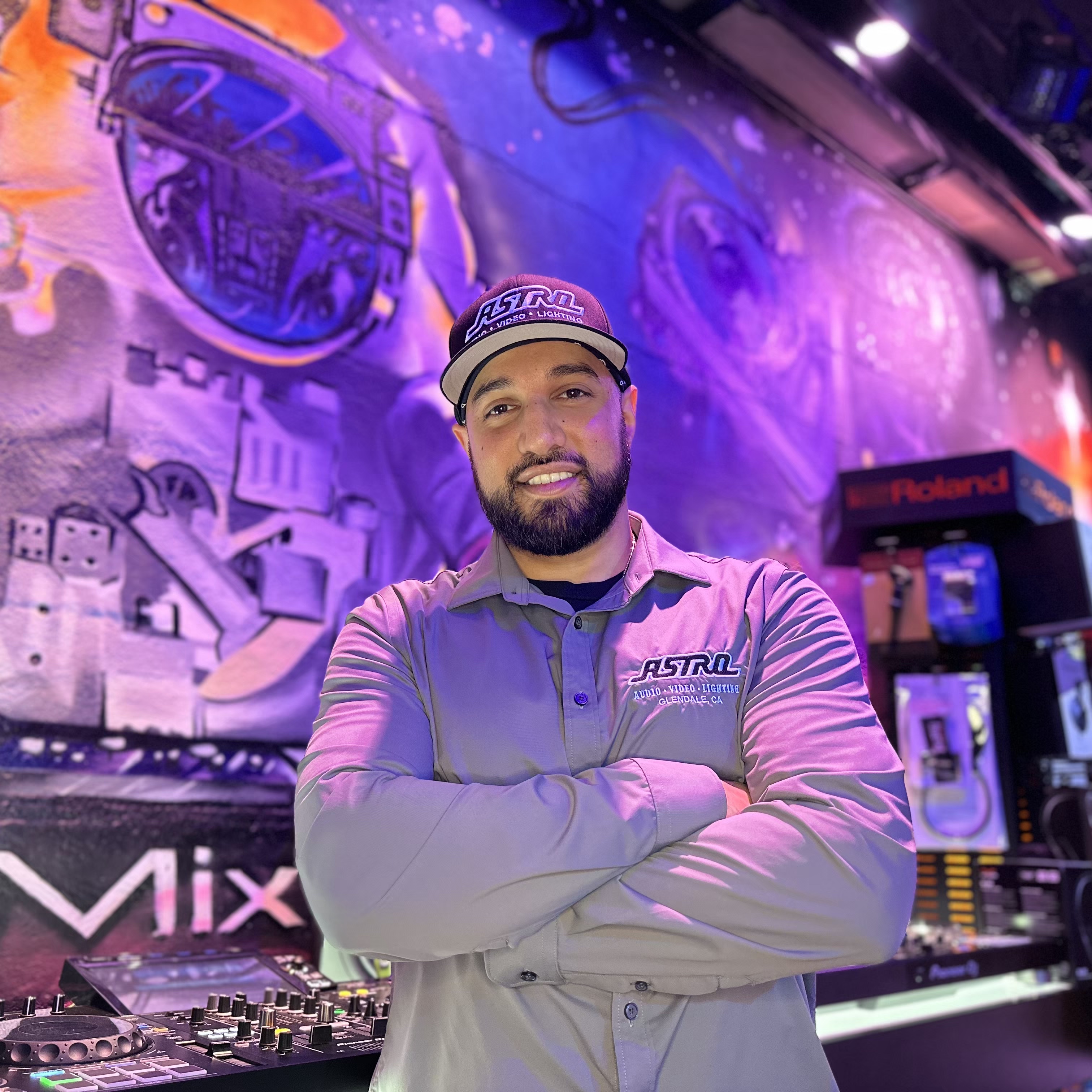Instagram and Facebook feeds are increasingly saturated and, with algorithms evolving, even those who follow you on these platforms only see a small portion of your posts. The question I get regularly is whether you should use Meta’s option to promote a post or not. The answer is maybe.
When you have a post that meets certain criteria and you target the ad correctly, using this tool can be highly effective and, in fact, one of the best values in digital media. On the other hand, no amount of ad money spent can help with the wrong content or if you’re targeting the wrong people.
ENGAGE YOUR AUDIENCE
For a post to be effective when boosted, it needs to fit the platform and engage your target audience. If the post delivers real value by teaching the end-user something, entertaining them or in some other way
connecting with them, it’s a candidate for boosting. Social media should not be about what you want to tell people, but rather about you sharing what you think your customers will want to see. Start with a
post that real users will engage with enough to like, share, comment on and appreciate.
Video posts work best and especially if they’re made in a vertical format (9:16 aspect ratio). Make sure that you have a “hook” in the first five seconds — something that clearly tells the viewer why they’ll want to stop their scrolling and see this. Keep it as short as you can, get to the point and end without over-selling.
DEFINE YOUR TARGETS
The success of your boost effort will also largely depend on the targeting that you select for your ad. The simple rule is the tighter you target, the better. If the typical customer for the product or service being showcased in the post is over 35, don’t target 18 and over in hopes of catching the small number of
younger customers who might be interested. This will drive down your ad efficiency and confuse the Meta ad bots that are trying to help you win. Similarly, when using interest-targeting, find categories that best align with your ideal customer. Geographic targeting is also key; if you’re promoting something at your physical store, limit your targeting to your city or maybe even to just five miles from your store if you’re located in a larger city.
HOW MUCH & HOW LONG?
Plan to set your boosts to run for three days minimum and seven days at the most. Since these are your regular posts being served, you don’t want a three-week-old post being shown to people in their feed. Keep it on the short side, and if you want more reach, spend more or boost a different post. The budget does impact the ad’s potential for success beyond the understood difference of spending more to get more ad impressions. It also allows the Meta ad bots to learn the type of people who like your post and fine-tune to whom it serves your ad next. Consider spending at least $20 per day on each boost for at least three days.
MONITOR, LEARN & IMPROVE
The best way to really answer whether you should boost or not is to try it and follow the data. You can see the key performance indicators like cost-per-impression, cost-per-click and average video watch time, giving you a potent window into the impact your boosted posts are having. Dig into that data, compare it over several posts, and take action to improve your posts and your targeting based on what it shows. The
fact is boosting posts can be a great strategy, but like everything else, you have to be willing to learn, practice and improve.
I have found that boosting isone of the best available tactics to grow brand recognition and move customers toward action. This is only the case with the right posts, tight targeting and ongoing refinement. If you’re willing to work on it, boost away! MI
Tracy Hoeft is the president of Amplify 11, a marketing firm specializing in the musical instrument industry.














